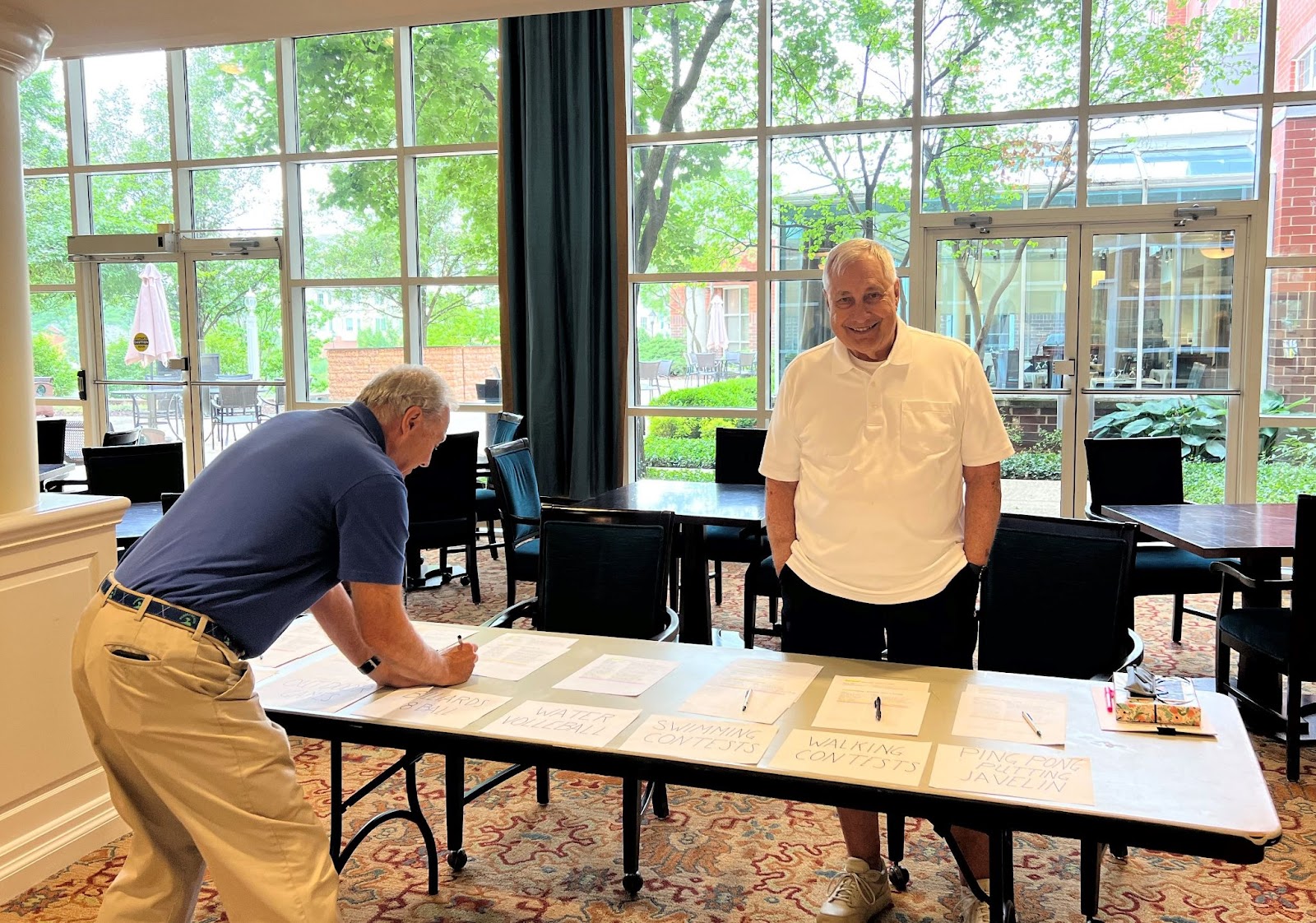Which Senior Living Option is Best for You
Definitions and financial information that can help you when searching for a senior living option:
Senior Apartments
Senior Apartments typically refer to independent living apartments that may be subsidized or “affordable”. They don’t usually include many amenities beyond a community room and perhaps a part-time staff person to manage the building. Services are often coordinated with a local senior center and may include programs and activities, limited dining or “Meals-on-Wheels” and other social services. Monthly fees may be linked to income qualifications or HUD guidelines or may be reduced or more affordable than the general market rate.
Leisure Living Communities / 55+ Communities
Leisure Living or “55+ Communities refer to housing developments designed for adults age 55+. Often times, the development will be built around a central clubhouse or golf course. Designed for those who simply want to shed home maintenance, most of these communities will include programs, activities and common area maintenance in the monthly assessment. The financial arrangements can vary from rental to condo/coop models. Priced to appeal to middle and upper-middle income older adults. Leisure Living/55+ communities can provide a comfortable transition from a single family home to a traditional “retirement community”.
Life Plan Communities (Continuing Care Retirement Communities)
Continuing Care Retirement Communities (CCRC’s) or Life Plan Communities as they are now referred to are the combination of the above services and levels of care all on a single campus. Life Plan Communities are the most comprehensive alternative for those who qualify (both medically and financially). Applicants need to be “independent” to qualify for a Life Care Contract. Life care contracts offer an unparalleled level of financial and health security. While Life Plan Communities are not cheap, the comprehensive nature of the housing and services offered make this type of senior living alternative very appealing to active older adults who hope to never burden others with their health care needs. Many Life Plan Communities have long rich histories and were originally established by religious not-for-profits to care for older members of the church before social security, Medicare or Medicaid were established. While not inexpensive, for those who can afford Continuing Care Life Plan Communities the financial, social, emotional and physical (health) benefits are significant. Again, depending on the region, the cost of a Life Plan Community can vary significantly. Expect to pay between $75,000 and $750,000 upfront (refundable options are common). In addition, ongoing monthly are likely between $2,000 and $5,000/month. The difference between Life Plan (continuing care) Communities and any of the aforementioned alternatives is that Life Plan Communities are committed to caring for residents regardless of their health needs since independent living, assisted living, nursing, rehab and memory care are available on one campus. In addition, a few established Life Plan Communities will commit to caring for residents even if they ultimately outlive their assets.
Independent Living
Independent living typically refers to a stand-alone apartment building or the “independent living” area of a community offering additional levels of health care services. Independent living is designed for those who function independently and do not need the assistance of another person. Independent living, or independent living communities typically offer an array of convenience services and programs including: restaurant-style dining, housekeeping, scheduled transportation and lots of programs and activities. In addition, complete maintenance and utilities are often included in the monthly fee. Monthly fees vary by region but expect to pay between $2,500-$5,000/month
Assisted Living
Assisted living typically refers to a stand-alone building or the “assisted living” area of a community offering additional levels of health care services. Assisted living is designed for those who need the assistance of another person on a daily basis, but do not need nursing care. Assisted living or assisted living communities typically offer convenience services similar to independent living but also assistance with the “activities of daily living (ADL’s) such as bathing, dressing, medication reminders etc. The price of assisted living can vary by region, but expect to pay between $3,500-$10,000/month
Supportive Living
Supportive living is basically financially subsidized assisted living for those who qualify for Medicaid. The communities are often just as nice as the more expensive assisted living communities so if you qualify, it is a terrific alternative.
Nursing and Rehabilitation
Nursing and rehabilitation typically refers to a stand-alone facility or the nursing and rehabilitation area of a community offering assisted living and/or independent living. Most of us are familiar with nursing homes. While they have generally gotten nicer over the years, there is a wide range of good, bad and ugly from which to choose. Not all nursing homes are the same and you might start with Medicare’s Nursing Home Compare website to check on the quality of staffing and care provided at your local nursing home.
www.medicare.gov/nursinghomecompare
Rehabilitation refers to the short-term nursing stays necessary after a trauma or event requiring the patient to regain function or strength. For older adults, rehab is usually fully paid by Medicare. Rehab typically lasts a few weeks, but may continue for months depending on the event that caused the need for rehab. Rehabilitation facilities have gotten much more appealing, especially in major metropolitan areas where competition for Medicare Rehab patients is strong. Again, check the Medicare Compare Nursing Homes website to learn more about your local rehab facility.
Whether you are researching nursing or rehab, nothing replaces the insight gained from a tour and a list of good questions.
Memory Care
Memory care or memory support refers to those facilities that specialize in Alzheimer’s and other cognitive impairments. Again, there are many stand-alone communities being developed, but memory care can also be part of a continuum of care that includes assisted living and even independent living alternatives.



